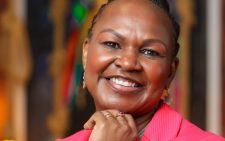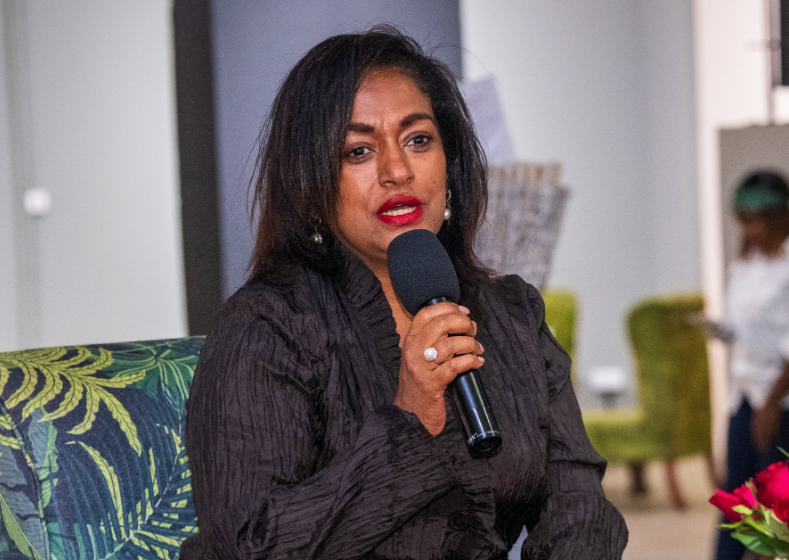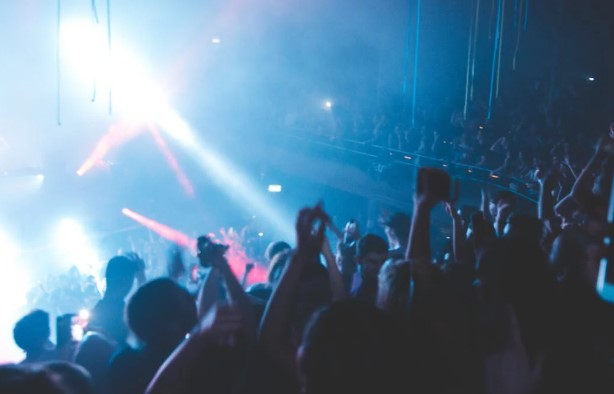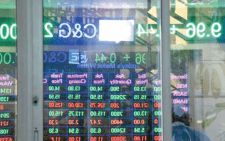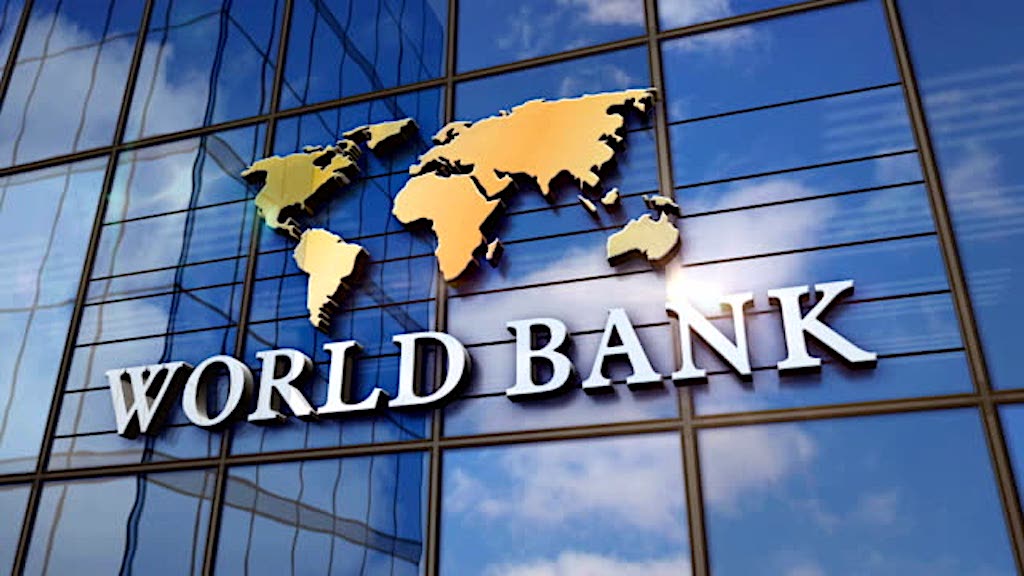How pandemic recast influencer marketing

When Covid-19 broke out, brands moved to cut their expenditure on marketing, but as the pandemic prevailed, advertisers switched to digital platforms at a time when influencers were rapidly growing their followers.
With many of their events and sponsorship deals cancelled, many influencers shifted their focus to alternative revenue streams that allow them to continue earning income without leaving their homes.
Engagement on social-media posts was higher than normal as more consumers spent time in physical isolation.
Corporates and advertisers in general found out that the influencers were well suited to reach people under lockdown.
By June and July, influencer brand deals started to slowly rebound as industries started to adapt their strategies to the current economy and environment.
The move by corporates to increase the percentage of their marketing budgets on digital advertising helped to accelerate the growth of social media marketing as lockdowns provided captive audiences.
For instance, East Africa Breweries Ltd (EABL) increased its digital media investments to 40 per cent up from 13 per cent in 2019.
“We are investing in content creation and influencers, influencers help us to connect with the audience,” said Waithera Kabiru, head of media futures and digital at the brewer.
Data from Real Analytics, a Nairobi-based digital media assessment firm shows that digital advertising overtook outdoor advertising for the first time.
Brands and influencers were quick to react, shifting to “at home” photoshoots and pivoting to more relevant content such as comedy, fashion, home improvement, cooking and self-care.
Research by We Are Social, a social media tracking portal shows that at least 15 million Kenyans have bought something online.
The data also shows that these 15 million people spend an average of Sh4,200 per online purchase.
It is these numbers that provided a ready audience that catalysed the growth of the influencer ecosystem.
Social media users in Kenya grew from 7.7 million in 2019 to 8.8 in 2020. These Kenyans spend four hours on social media for every 12-hours compared to three-hours global average.
Influencers who had been struggling with subscription numbers saw their numbers shoot through the roof.
Popular entertainer Henry Desagu saw his subscribers jump from 100,000 to more than 400,000 thanks to Covid-19.
Becomes easy
“All you need is to build your brand, when you create a brand everything else becomes easy,” he said.
The influencers are either paid by advertisers directly or through Google AdSense account, a free, simple way to make money by placing ads on your site.
Dorothy Ooko, a Communications lead at Google East Africa, explained that a Youtuber needs at least 10,000 subscribers to be taken seriously by Google.
In Kenya, Churchill and Citizen TV are the leading Youtube channels with over one million subscribers.
She said your videos will also need at least 4,000 views for you to effectively monetise, adding that Youtubers earn between Sh2,000 and Sh2 million a month.
“The amount you earn on an advert also depends on which country the advertiser is from, if the advert on your video is from America, then you will earn less than an American Youtuber with a similar video,” Ooko explained.
The influencers, however, said that they had to invest in equipment and even get managers in order to transition from hobby to business.
“People do not know how much work goes into it from the background,” said Kate Kimani, an influencer and former actor on Mother-in-Law drama series.
Former Tahidi High, actor Abel Mutua said he did not know it would get profitable, it was just fun at the beginning.
“If your content is educational, entertaining and inspiring, it does not matter whether you shoot from a tree, it is content that counts,” he said.
Once known as a dancing queen on social media, Kenya’s Tik Tok sensation Avida Nasenya says she would not have made it were it not for her managers.







